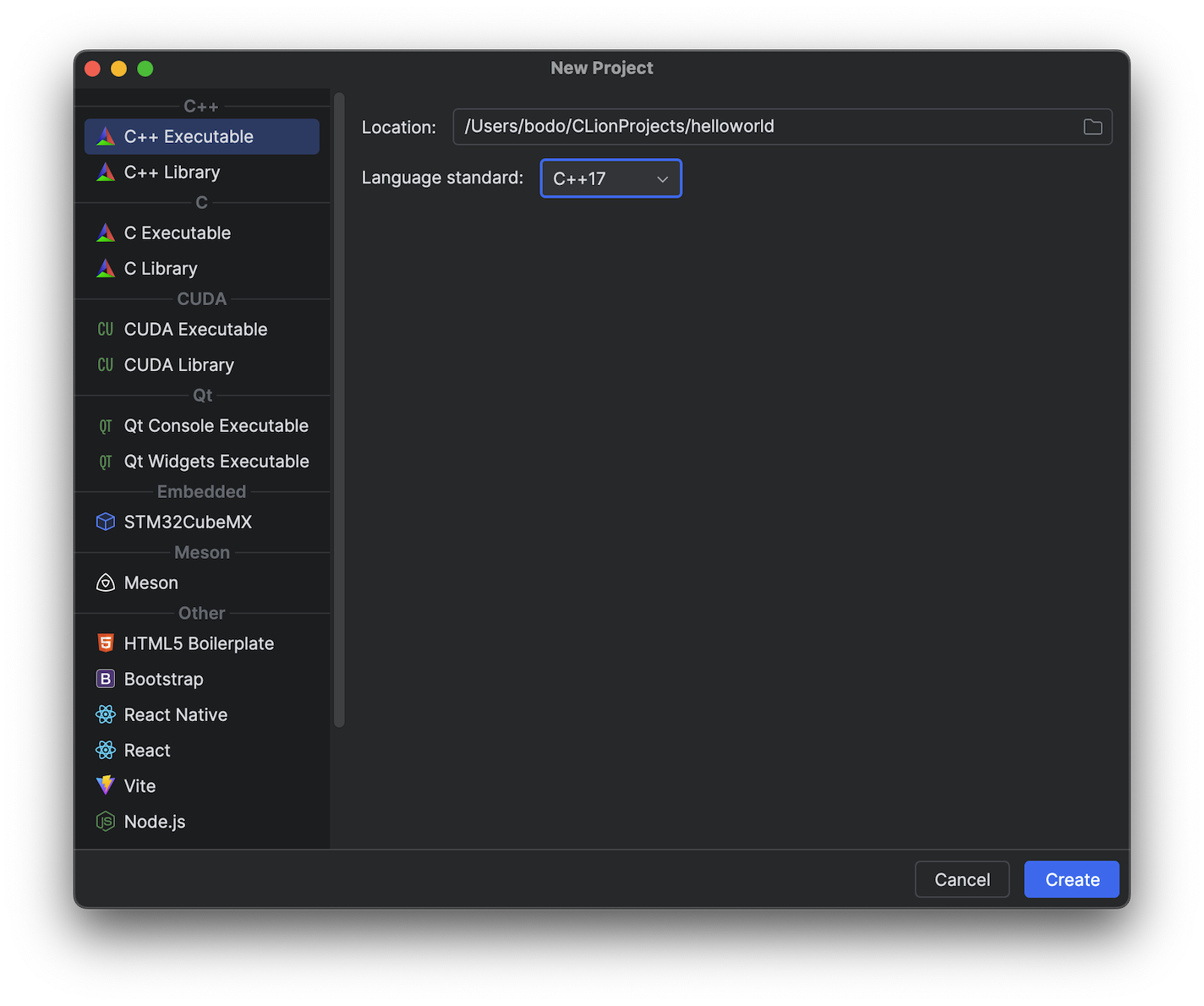Introduction to Tkinter
Programming applications for the desktop is not a focus for me these days. Nevertheless, I have not lost interest in it. So every now and then I take a look at different programming languages that can be used to implement this. This includes Python and Tkinter. In this blog post I would like to show … Read more
